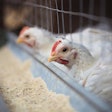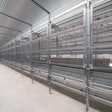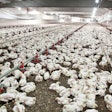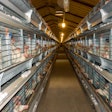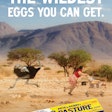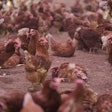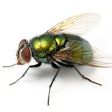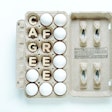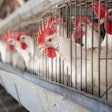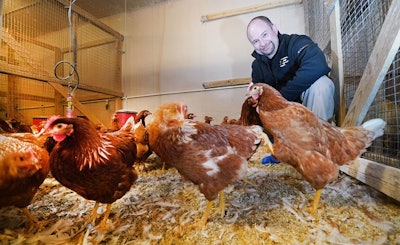
A five-year research grant focusing on how hens perceive and perform in cage-free environments has been approved for US$1 million.
Cage-free layer environments of the future could be far better adapted to hens' needs, following a US$1 million grant to a Purdue University research project that seeks to understand how layer hens perceive their environment.
As state mandates continue to drive the egg industry towards cage-free environments, multiple housing designs have been marketed. However, according to Darrin Karcher, Purdue University Associate Professor of Animal Sciences, it is important to design systems based on hen perceptions, rather than on human perceptions.
Karcher and his team’s research project will seek to understand how layer hens see their environment in the hope that that new cage-free housing will positively impact hen behavior, productivity, welfare and food safety.
The research will focus on collecting information about layer hens' eyes, physiology, behavior and welfare in single-tier and multi-tier cage-free housing systems, developing cage-free housing models to evaluate how layer hens see their environment, virtually creating and testing those housing systems and validating the virtual systems in real life.
Once the visual model is developed, the virtual housing designs can be further analyzed for smaller details that could affect hens, such as color.
“We could run an entire simulation where all the perches are red to see how the hens respond,” he stated.
“What we do know about hens’ environments up to this point has been based off preference study,” he added, continuing that we need to further account for how the hens sees their surroundings.
“Behavior and welfare advocates have tried to account for as much as possible, but we need to look at the entire environment for the hen. Little work has been done to analyze how poultry see their environment.”
Karcher’s team includes Purdue professors Patrick Zollner, Professor of Wildlife Science, Marisa Erasmus, Associate Professor of Animal Sciences, Greg Fraley, the Terry and Sandra Tucker Endowed Chair of Poultry Science, Esteban Fernandez-Juricic, Professor of Biological Sciences and Deana Jones, USDA Research Food Technologist.





